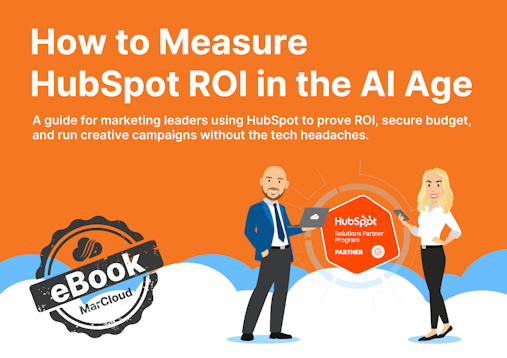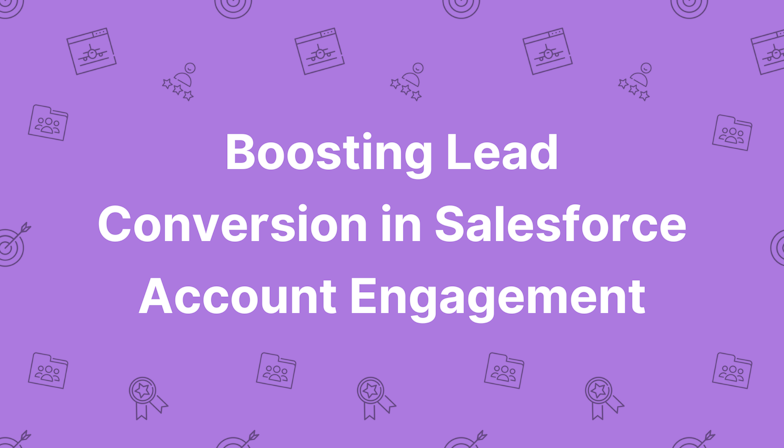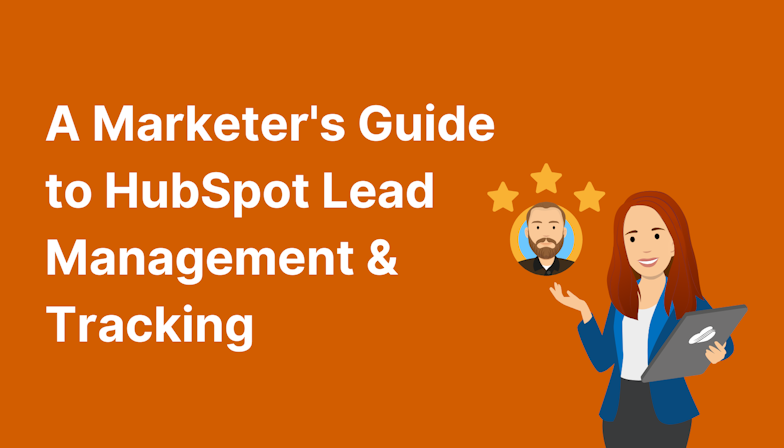1. Unlock ROI visibility
One of the biggest challenges for marketing leaders is showing return on investment in a way that resonates with finance and leadership. Tracking advertising spend is one thing, but what about internal hours? If your team spends 40 hours building an automation workflow that generates 20 leads, how does that compare to a campaign that took five hours and generated ten?
By syncing Harvest with HubSpot, you can track time spent on specific campaigns, associate that with performance data, and report on the cost per lead or opportunity based on real effort.
2. Improve productivity & planning
Without an integrated system, it’s common for time logs and campaign data to live in silos. This creates a manual workload just to reconcile the two, and leaves room for misalignment and overestimated ROI.
Bringing HubSpot and Harvest together means your team can:
Reduce duplication of effort
Better allocate time based on past campaign data
Flag resource-intensive projects early
The result is a more productive team that spends less time entering numbers and more time delivering meaningful work.
3. Strengthen sales & marketing alignment
Marketing operations go hand-in-hand with sales enablement. If your team is producing sales collateral, product launch support, or nurture content, it’s important to understand how long these efforts take and whether they’re delivering impact.
With HubSpot Harvest integration, marketing and sales teams can align more easily on shared workloads. For example:
You have a smarter way to work across functions and deliver joined-up reporting.





